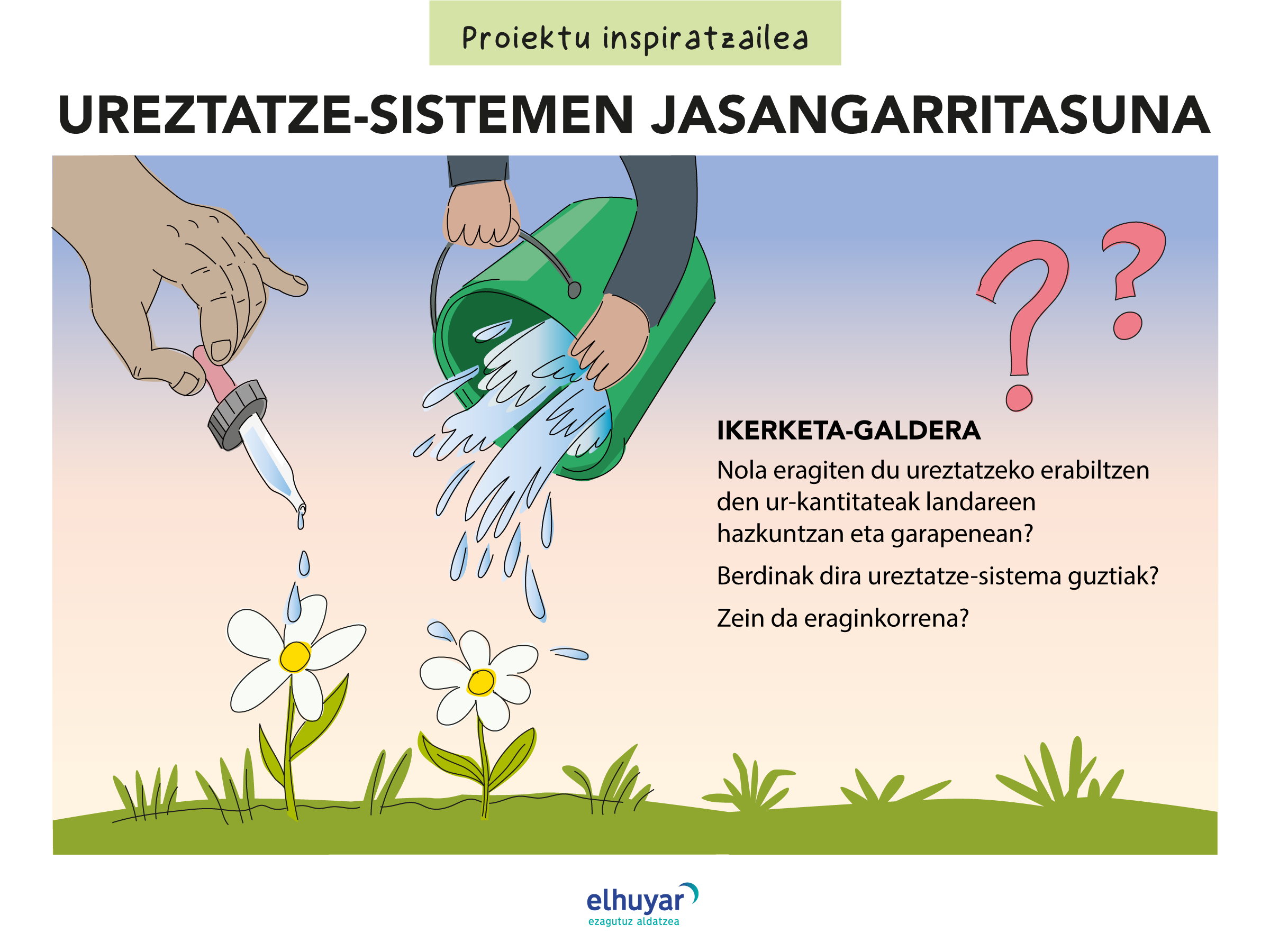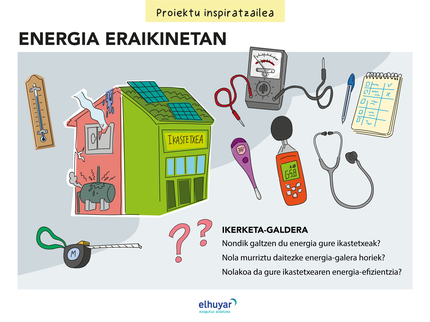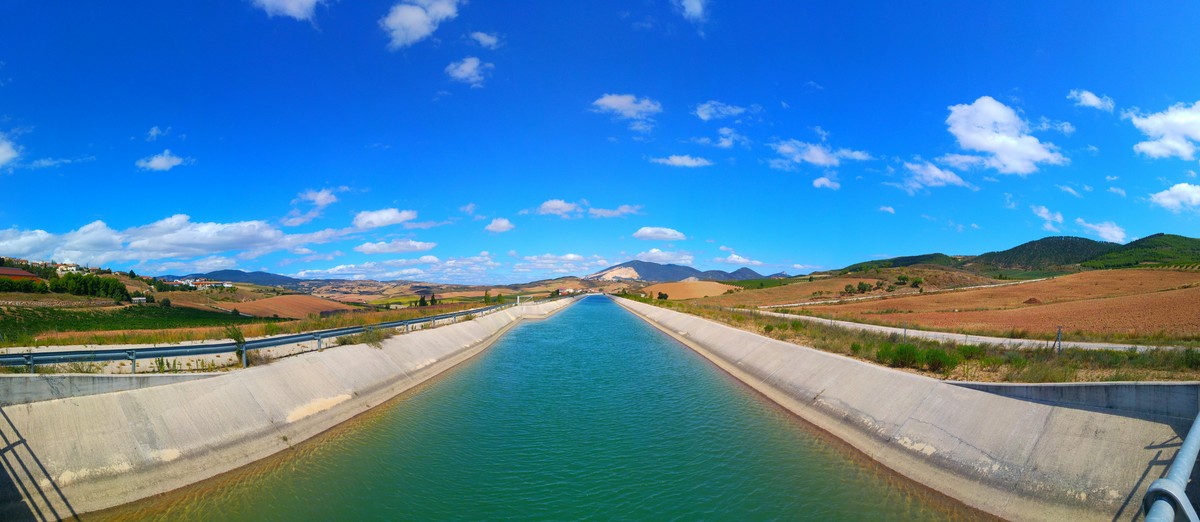Inspiring project: How does the amount of water used for irrigation influence plant growth and development?
2024/04/10 STEAM-Hezkuntza (Elhuyar Zientzia)

Debates of the European Parliament
Irrigation systems used in agriculture
Context
Water is one of the most valuable agricultural resources, fundamental to the growth and development of plants. However, the use of more irrigation water in agriculture can cause serious environmental problems, such as over-exploitation of aquifers.
In some cultivation techniques, such as sprinkling irrigation, more water is consumed than necessary, since the entire water used does not reach the plant and water is lost by evaporation and spillage. On the contrary, there are other more efficient irrigation techniques, such as drip irrigation, which allow more efficient use of water and which prevent waste of resources. In addition, irrigation techniques using water more efficiently can lead to increased productivity and profitability of crops.
It is therefore important to optimise water use efficiency in order to maximise agricultural benefits, reduce costs and preserve natural resources.
Research question
How does the amount of water used for irrigation influence plant growth and development? Are all irrigation systems equal? What is the most effective?
Research objectives
- Analysis of the efficiency and sustainability of some irrigation systems.
- Analysis of plant performance according to irrigation system.
- Assessment of the effects of irrigation systems on production costs.
- Consider existing possibilities for optimising water use in agriculture.
Experimentation proposal
- To analyse information on the water needs of plants used in agriculture and irrigation systems.
- To know and inform about the irrigation systems used by farmers present in the family or in the nearby environment: Why do they use these irrigation systems? Have you had any irrigation problems? How do they manage water?
- Select the plants to be used to perform the experiment. Species with different water needs can be studied.
- Choice of plant irrigation systems: surface irrigation, sprinkling, dripping...
- Place the plants in the containers and water them with the corresponding irrigation system. Irrigation systems used in agriculture are imitated, relocating the amount of water used in each system on a small scale. Note, it is very important to label packaging correctly.
- To analyze the efficiency of the irrigation system through different measurements (plant size, amount of biomass, amount of water used, observation of stomas under a microscope…).
- Analyze the efficiency data of some irrigation systems. To analyze the water consumption of irrigation systems used and compare them with other systems.
- Analyse the information obtained, the dates of the experiments and draw conclusions.
- Communication: the results can be disseminated in different ways, such as hanging the report and/or video of the project on the web and social networks of the center, making panels for an exhibition and placing them in the center/village, organizing lectures (for students, parents…), presenting the project in a scientific fair…
Keys to reflection
- Water footprint of some agricultural systems: dry cultivation vs irrigated cultivation.
- Seasonal and local food consumption.
- Fraud in the use of water (exploitation of illegal wells, for example).
- The influence of eating habits on water use: How much water does it take to produce a avocado?
To see more projects, click here.
This project, promoted by Elhuyar, has the collaboration of the Department of Economic Promotion and Strategic Projects of the Provincial Council of Gipuzkoa.

Gai honi buruzko eduki gehiago
Elhuyarrek garatutako teknologia






